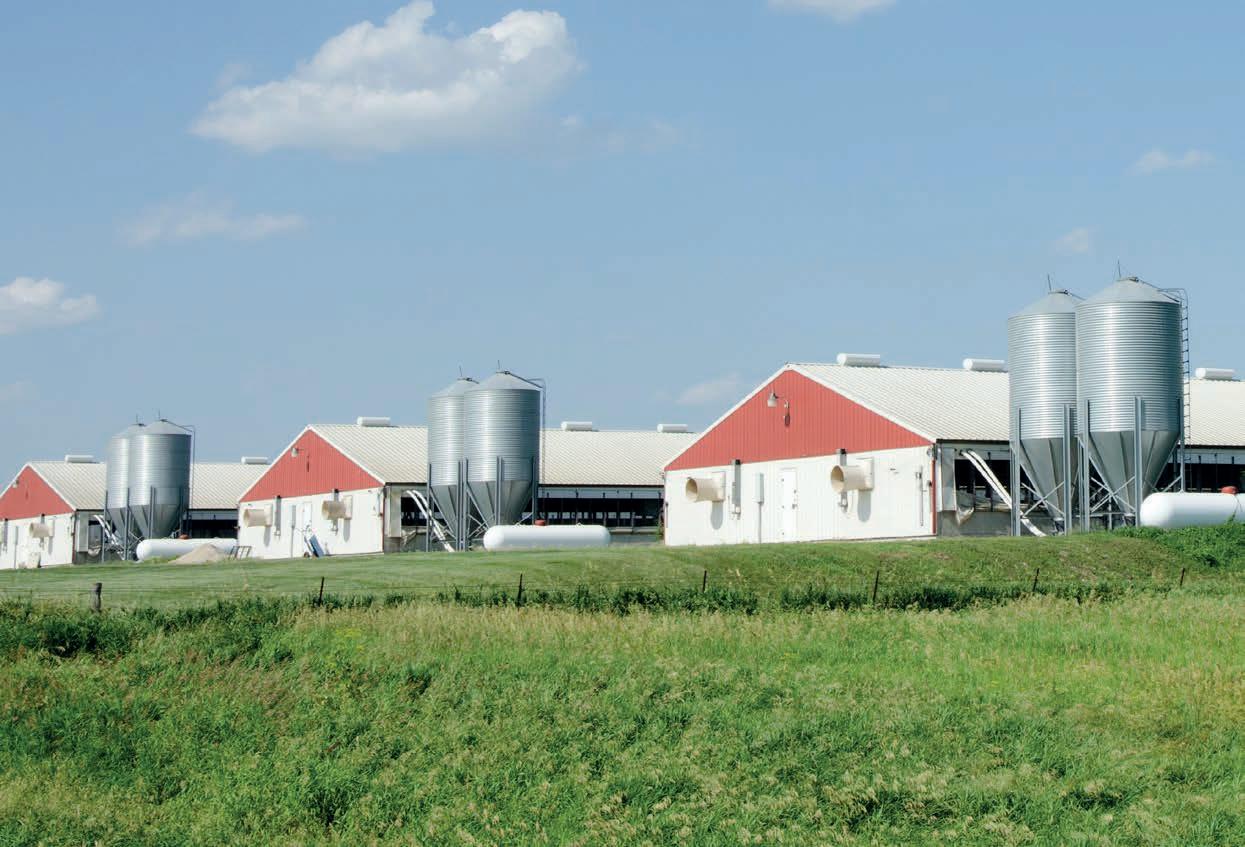FIELD REPORT
How will the COVID-19 pandemic affect the livestock industry? It is difficult to make predictions when trying to assess how the coronavirus (COVID-19) will impact the livestock industry in the foreseeable future. However, some essential points can be outlined to see what the main criticalities of the sector will be. These include nuclear war, disease (Sars, ebola, etc.), Bug2000, global warming, famine from over-population, and financial crash, among others. Fortunately, none of them ever became truly global disasters. We have grown accustomed to having confidence in scientists, economists, statesmen, and others to avert global catastrophe just as they have done since World War 2. This is likely to change. People will no longer assume that “it will be all right in the end.” They will be prepared to take measures that cost effort and money to prevent future problems.
Health The most fundamental change will probably occur in the health sector. At present there is a system of tradeoffs between certainty of no health issues and cost. I expect this relationship to be drastically changed.
By Stanley Kaye The writer is a poultry consultant for Agrotop. He has 30 years of handson experience in poultry farming. He holds an economics degree from Leeds University and an MBA from Heriot Watt University, Scotland.
14
Clearly, the outbreak of the pandemic has been one of the most disruptive events of the last 100–150 years, on a par with the two world wars and the Spanish flu. Although it is hard to forecast exactly what will happen, we can be almost certain that, as after every massive disruption, profound changes will occur. In modern times, we have been threatened or scared into worrying about a range of frightening scenarios, each of which was going to do the world tremendous harm.
- field report -
So, for example, the usage of antibiotics in growing chickens will witness a major shift. The ongoing debate about whether antibiotics should be used in poultry and livestock growing will come to an end. Currently, there are two sub-parameters to the debate: • If the antibiotic is being used for human use, it is regarded as more dangerous for use with livestock. The risk is that resistance will build up and prevent it from being suitable for human use.













